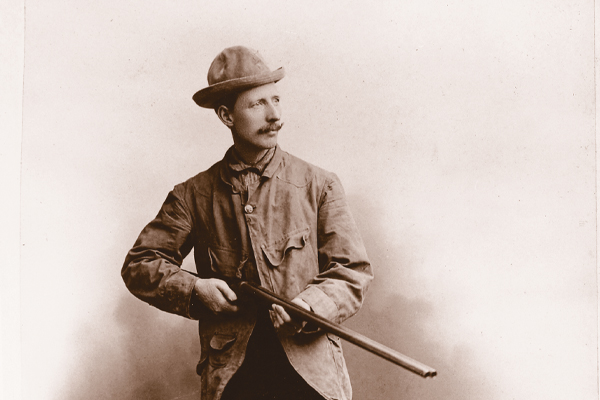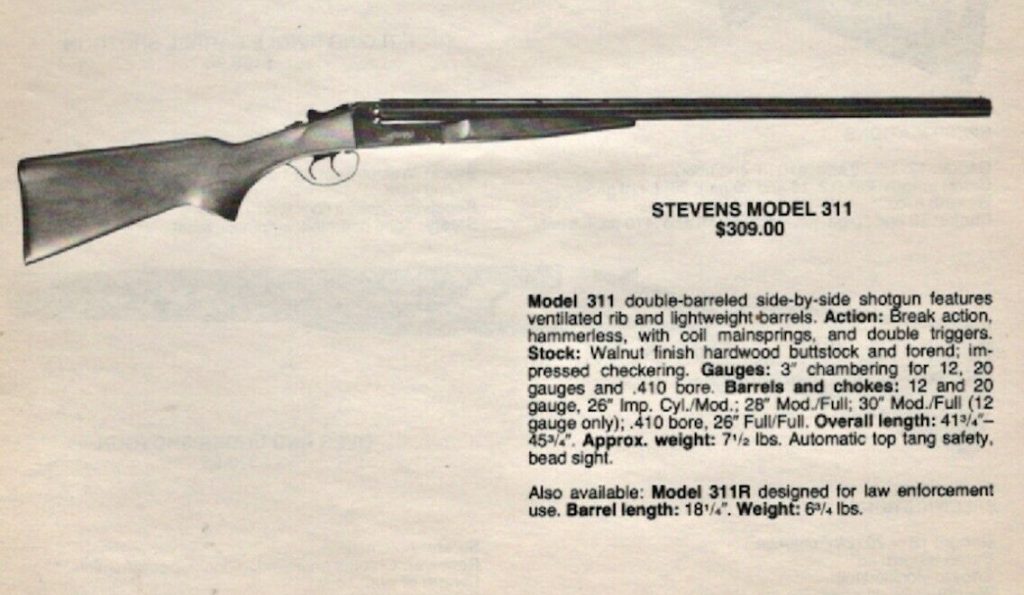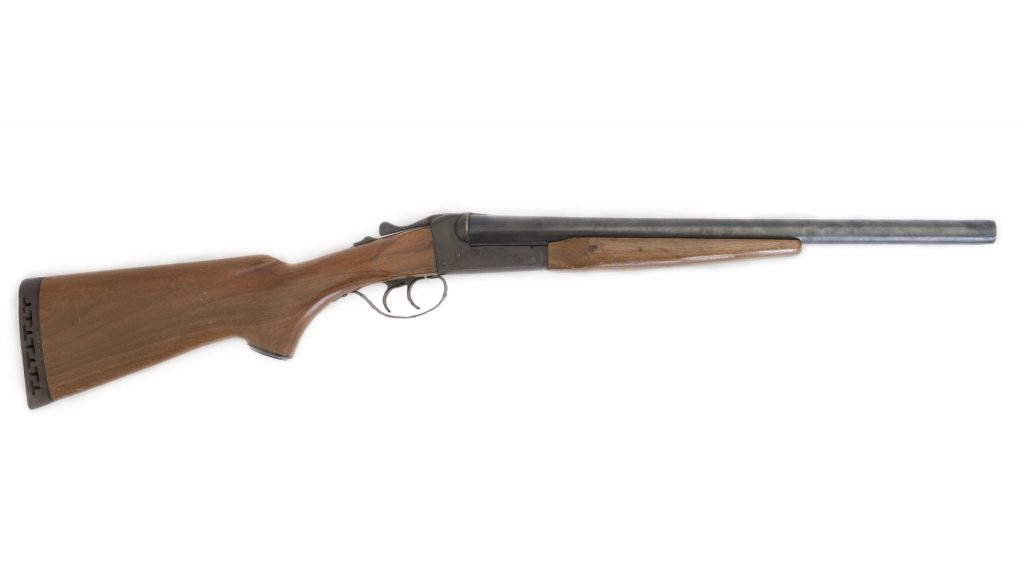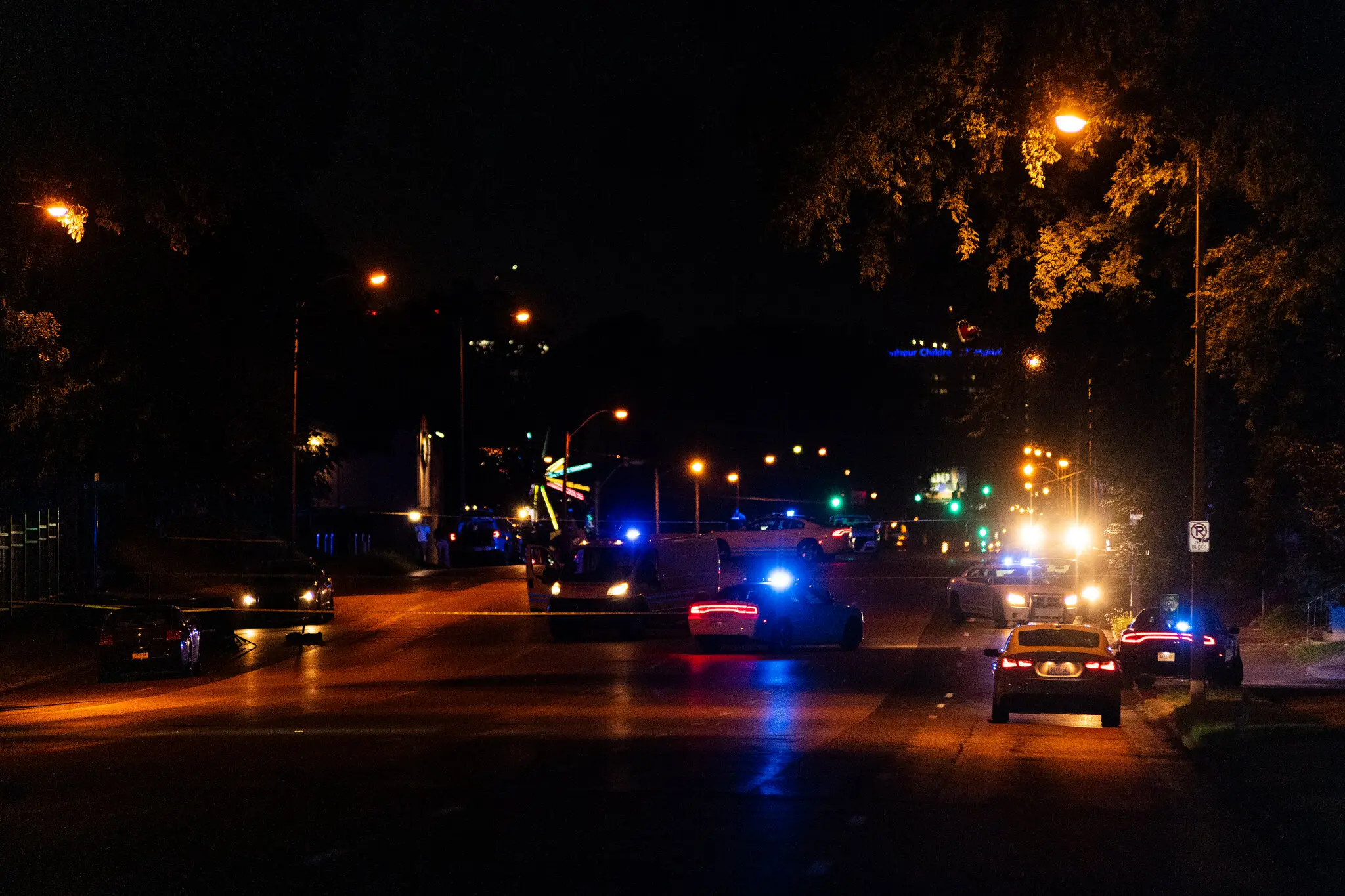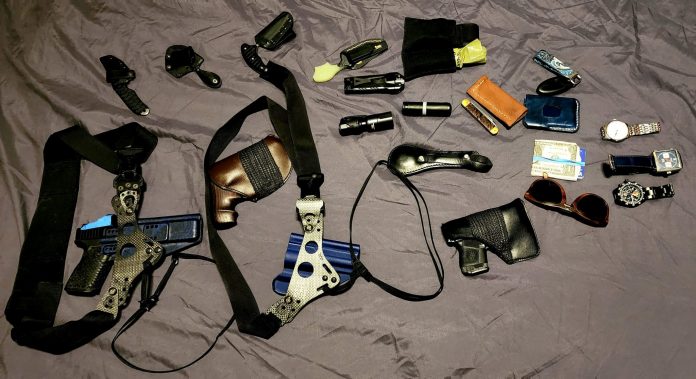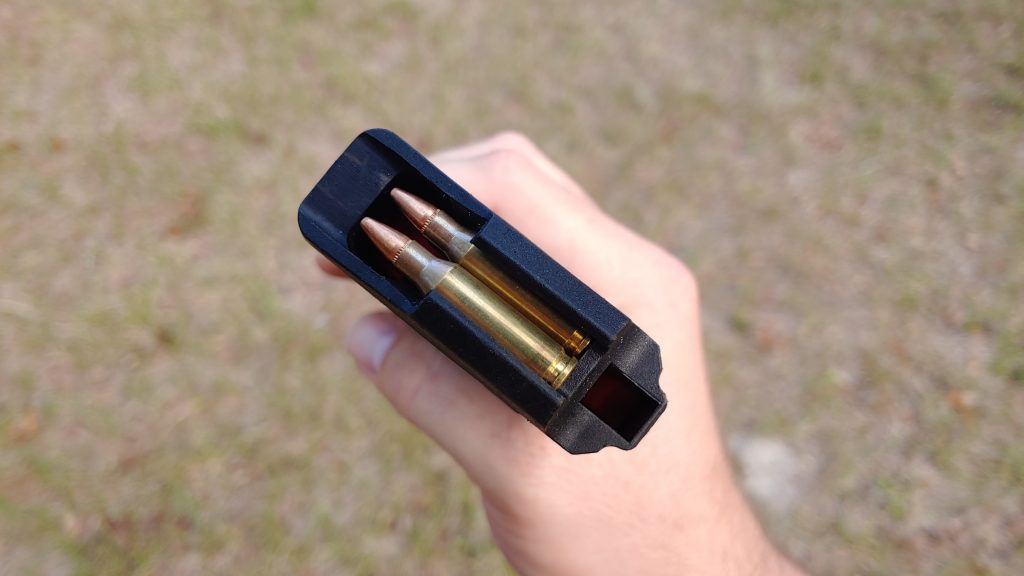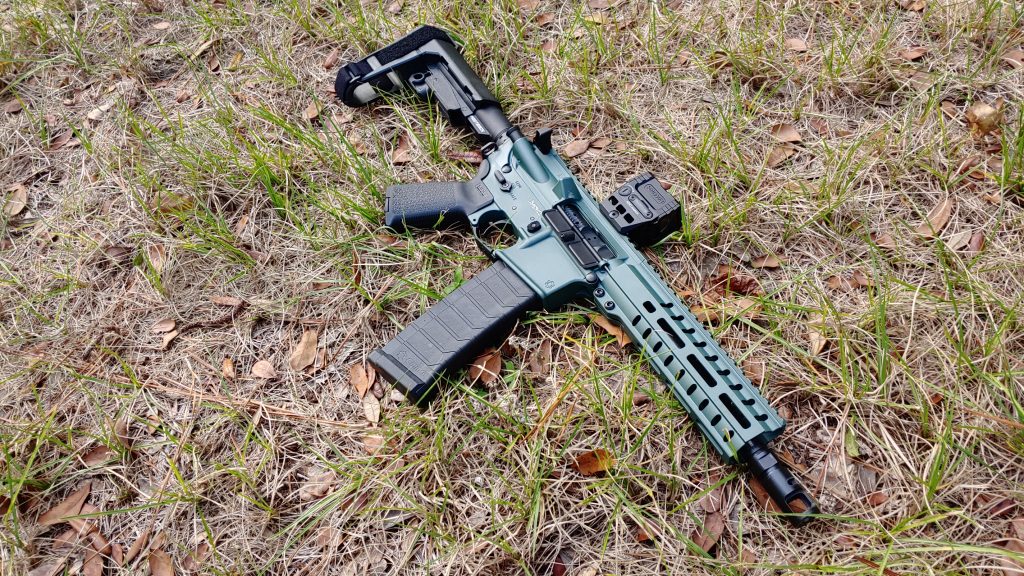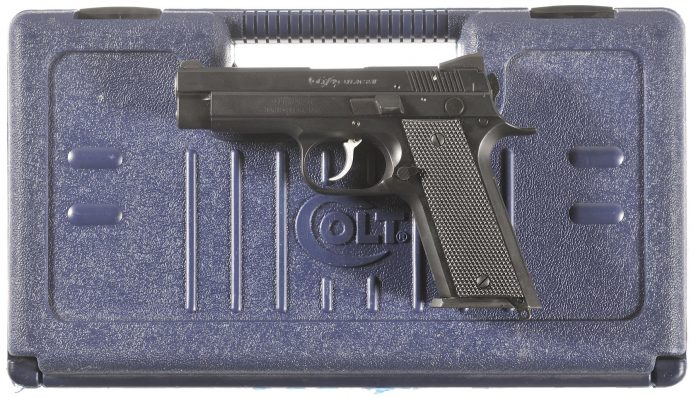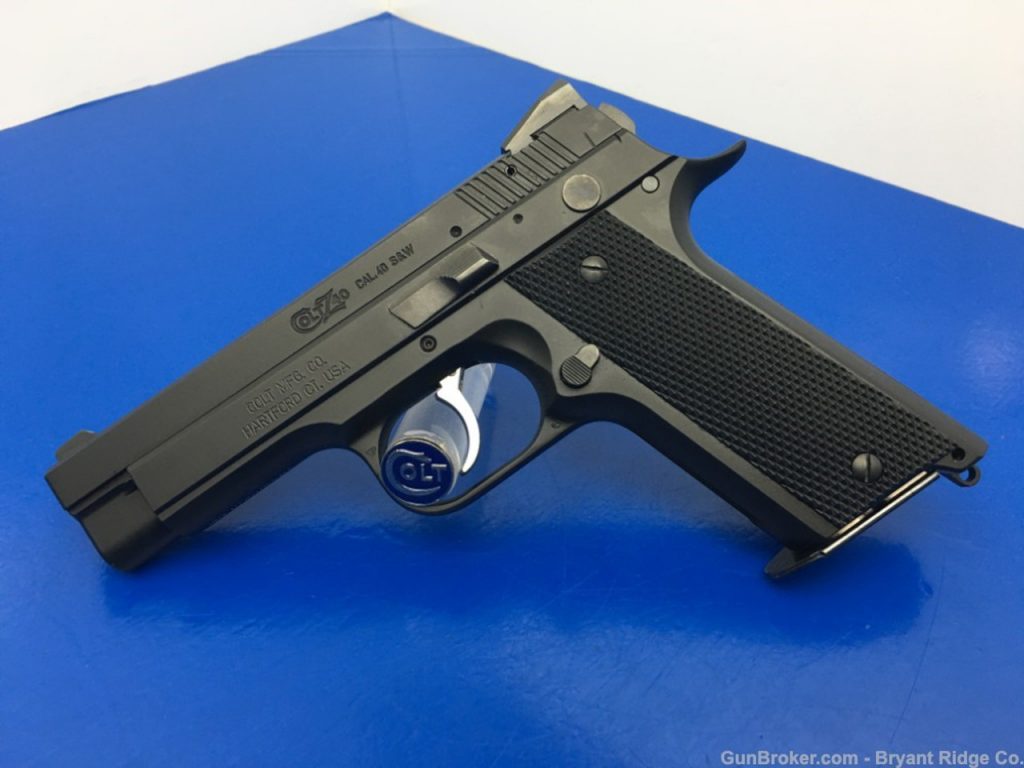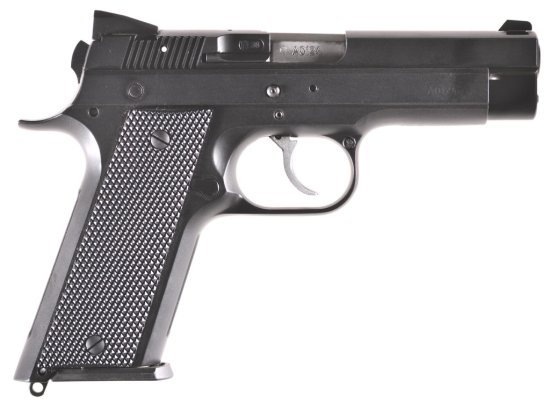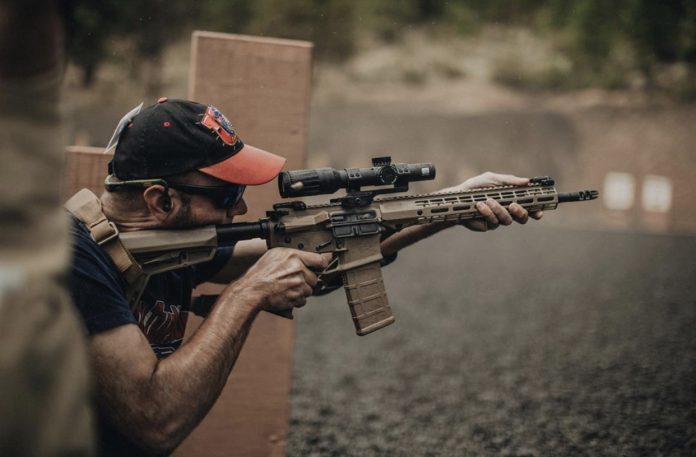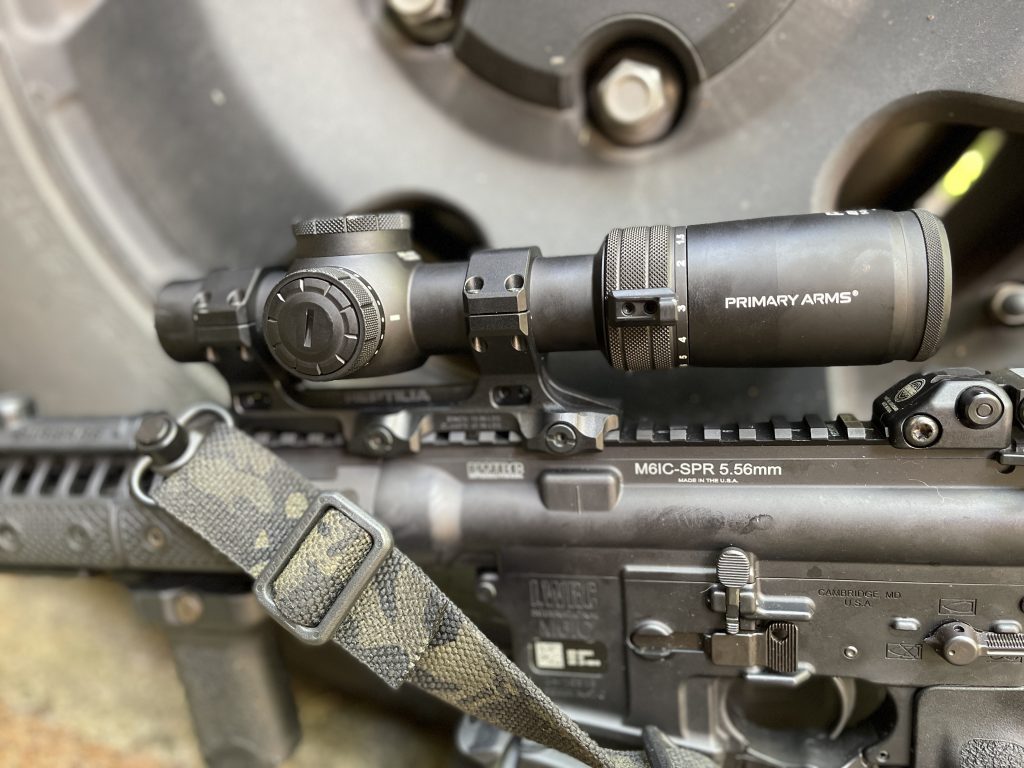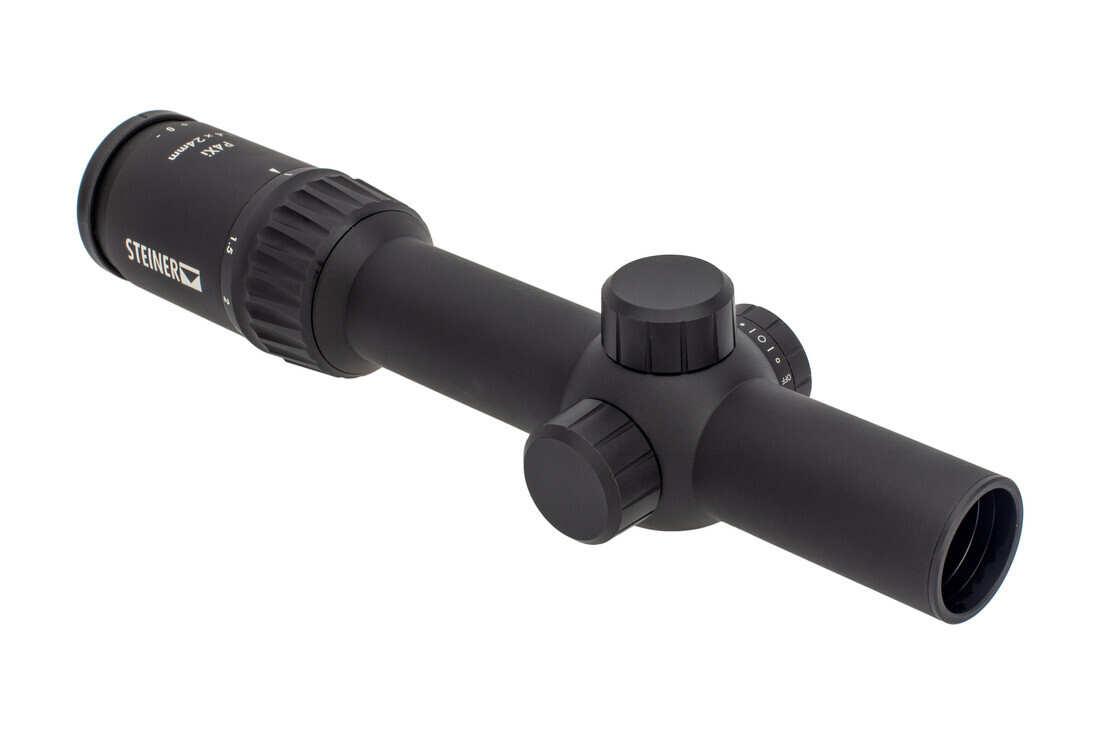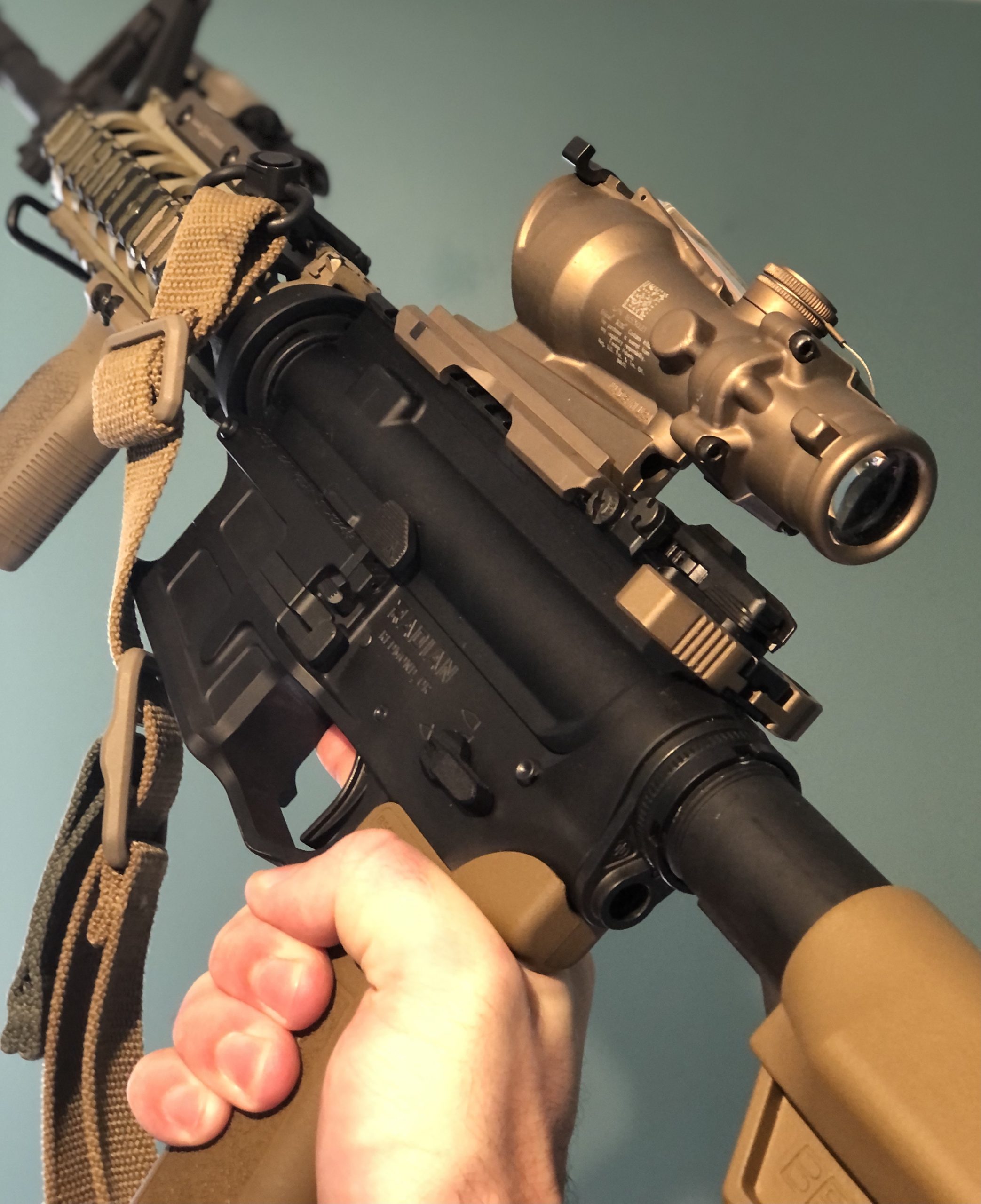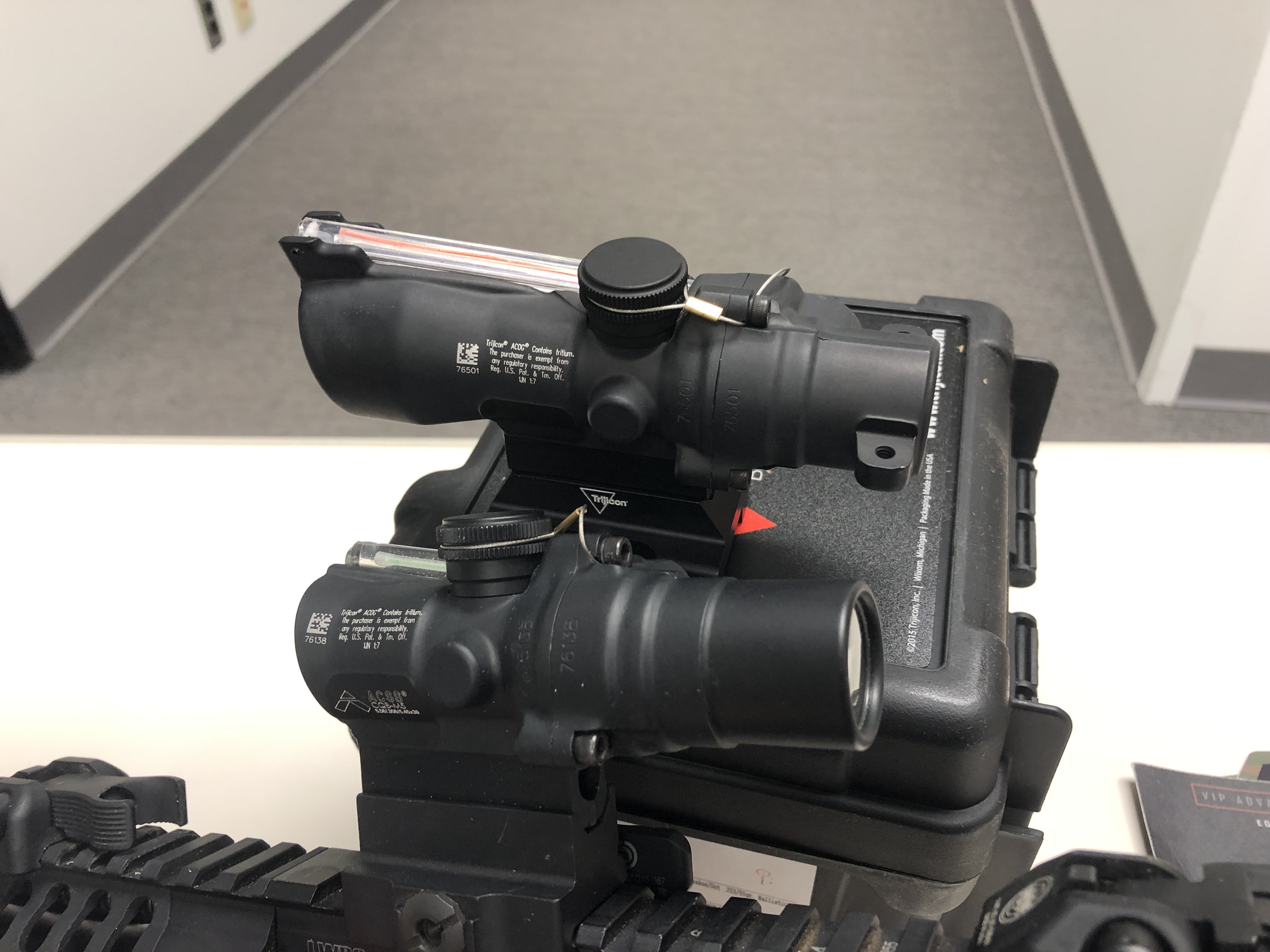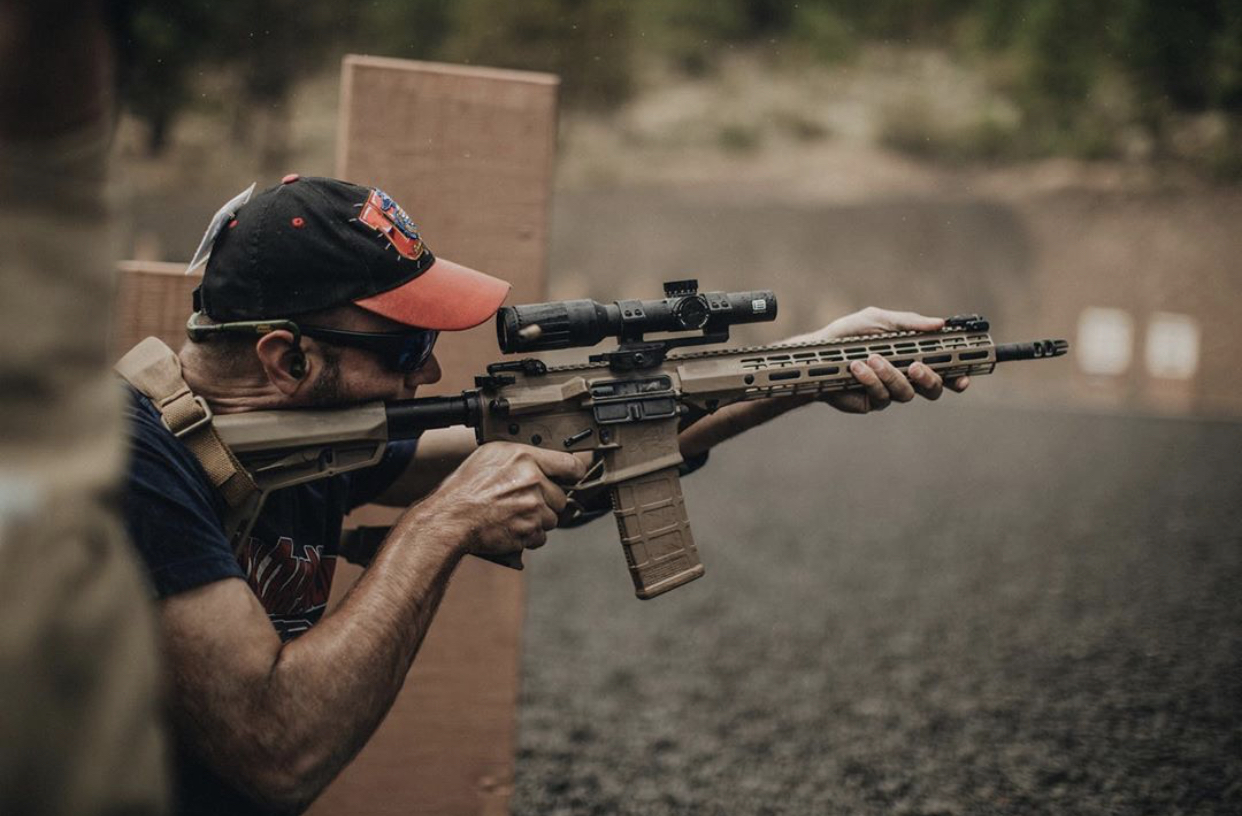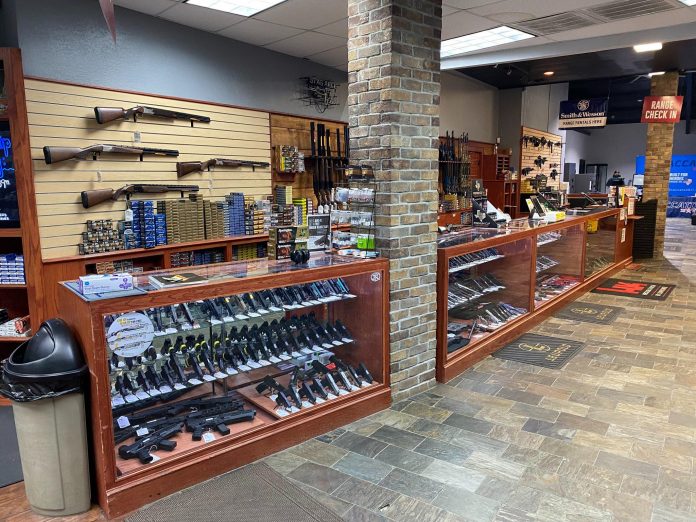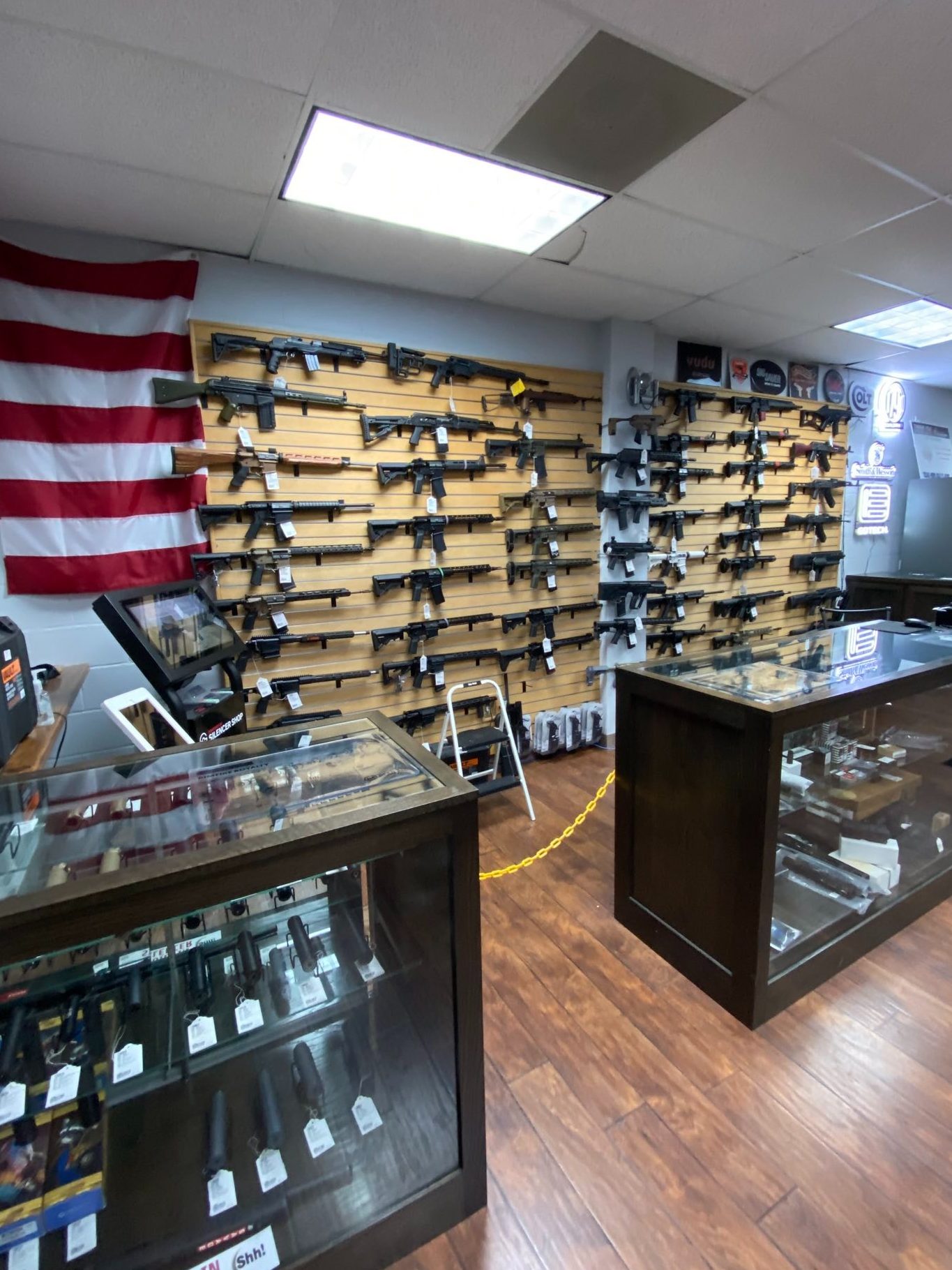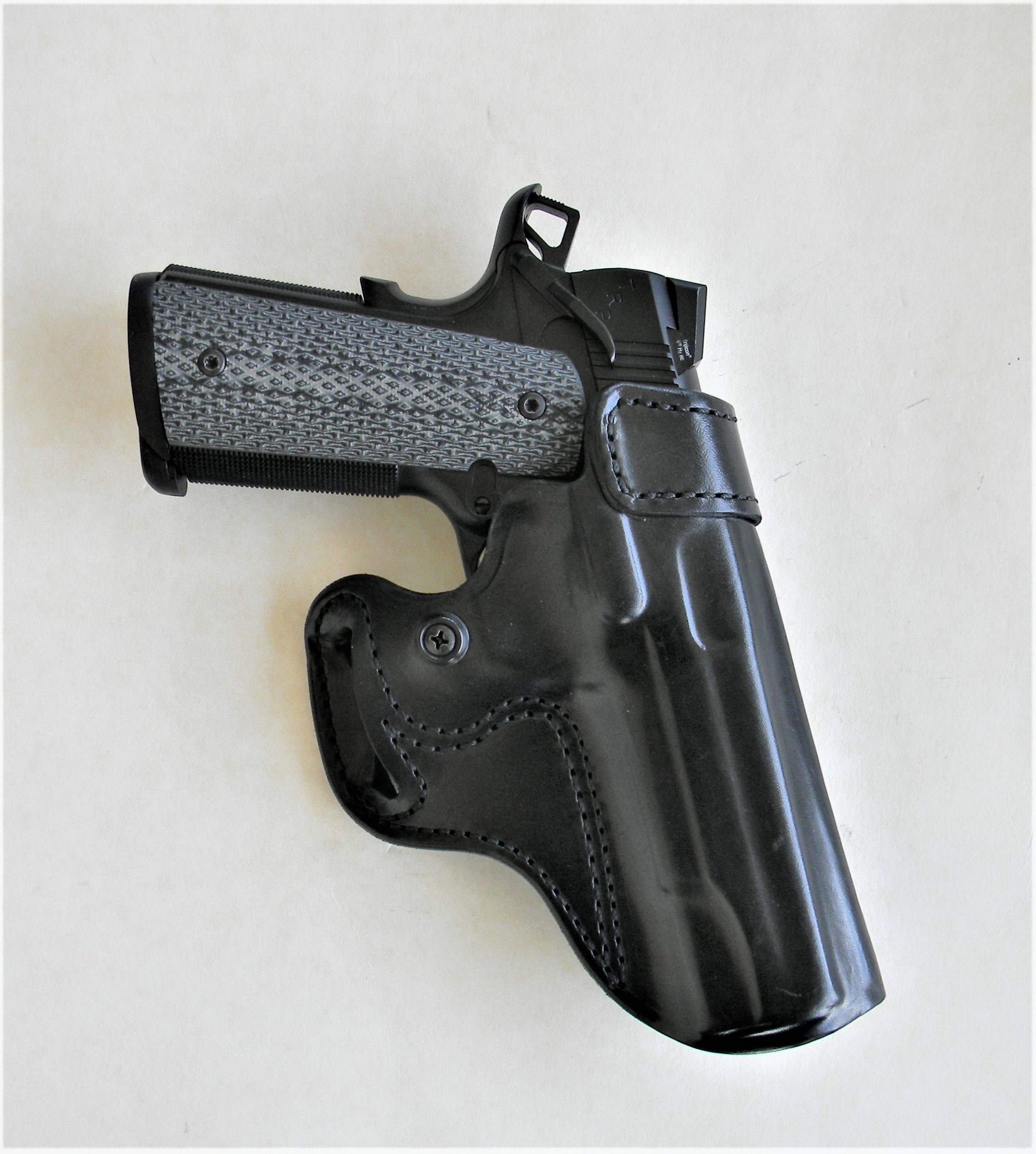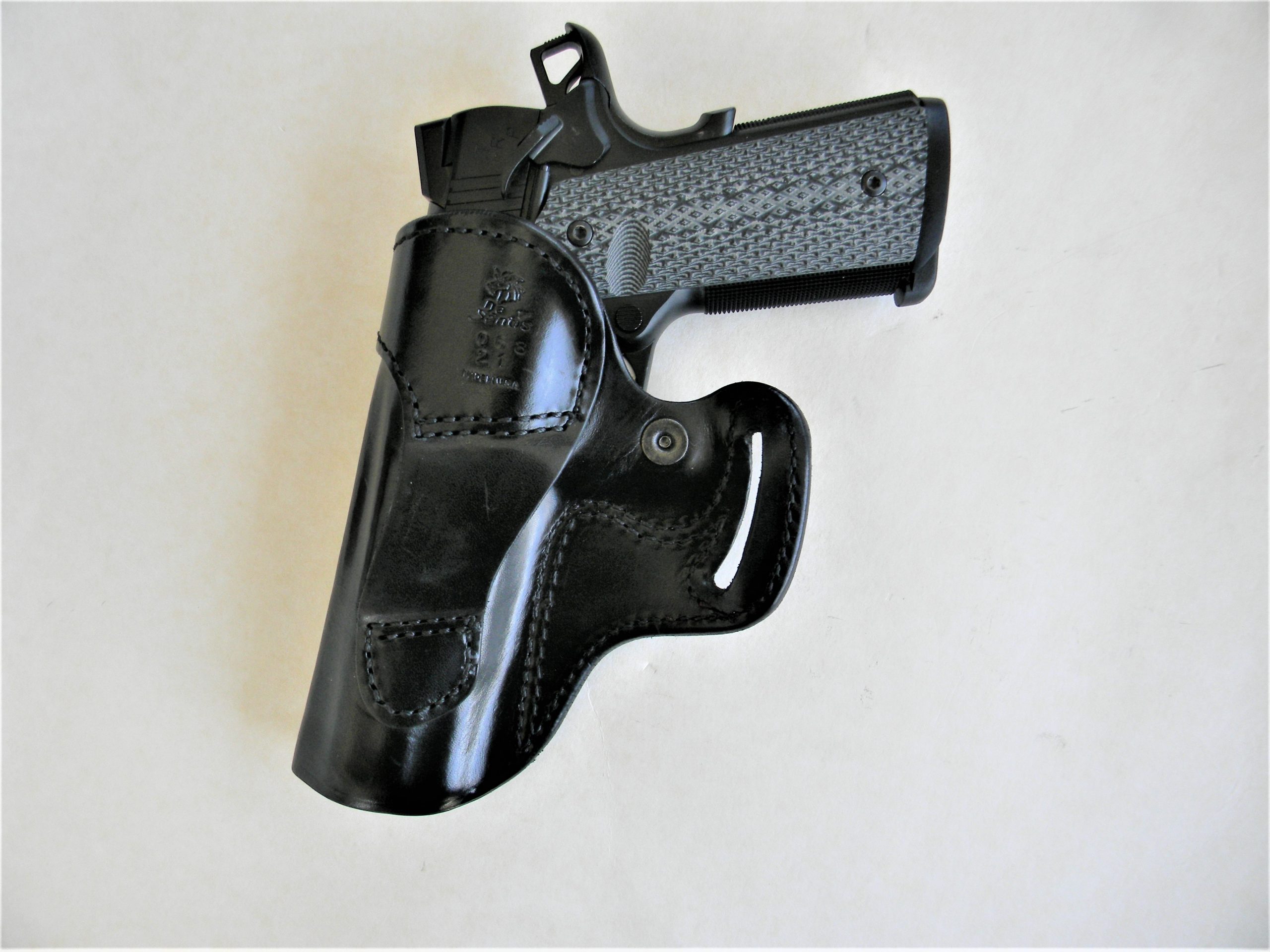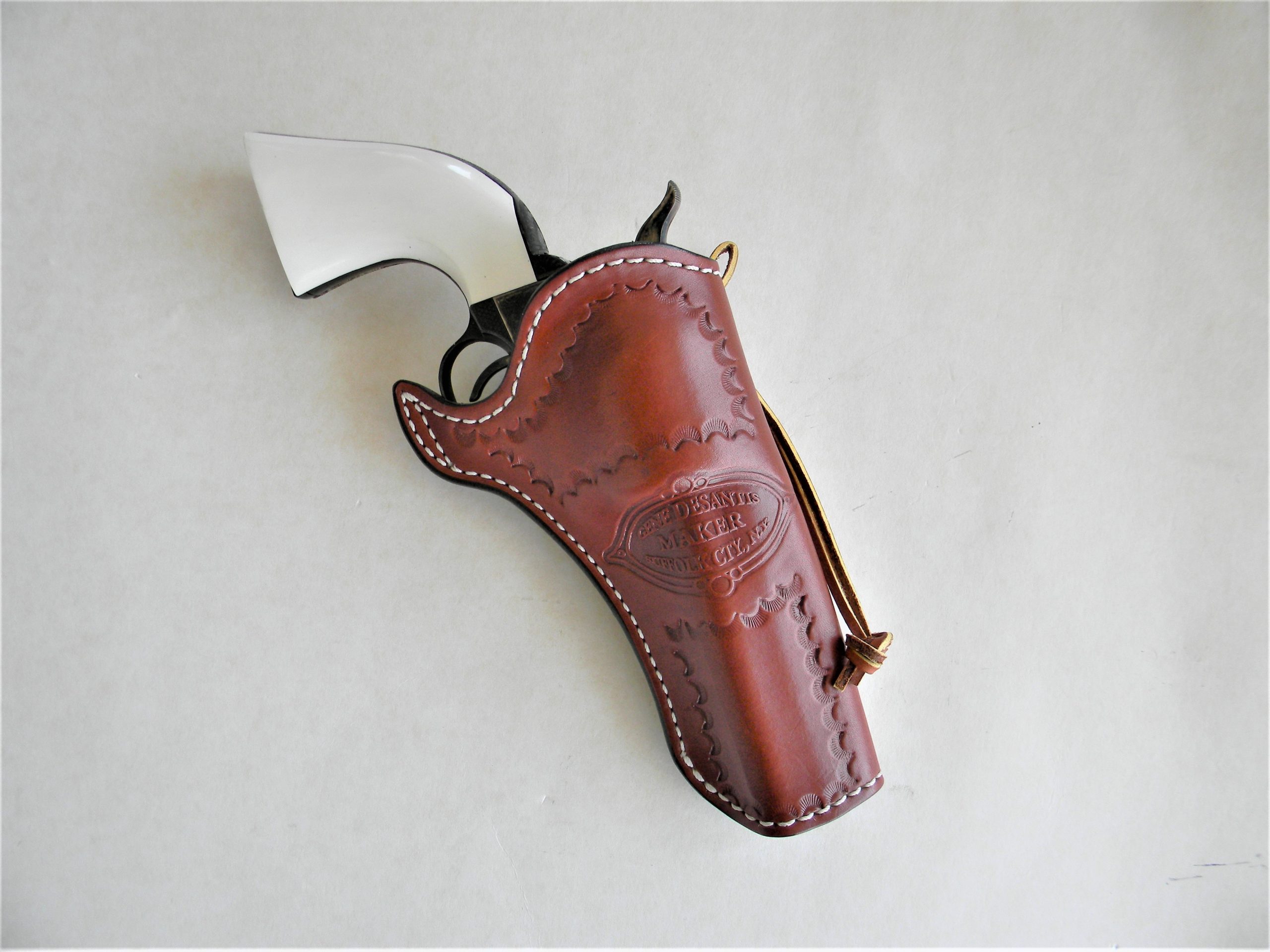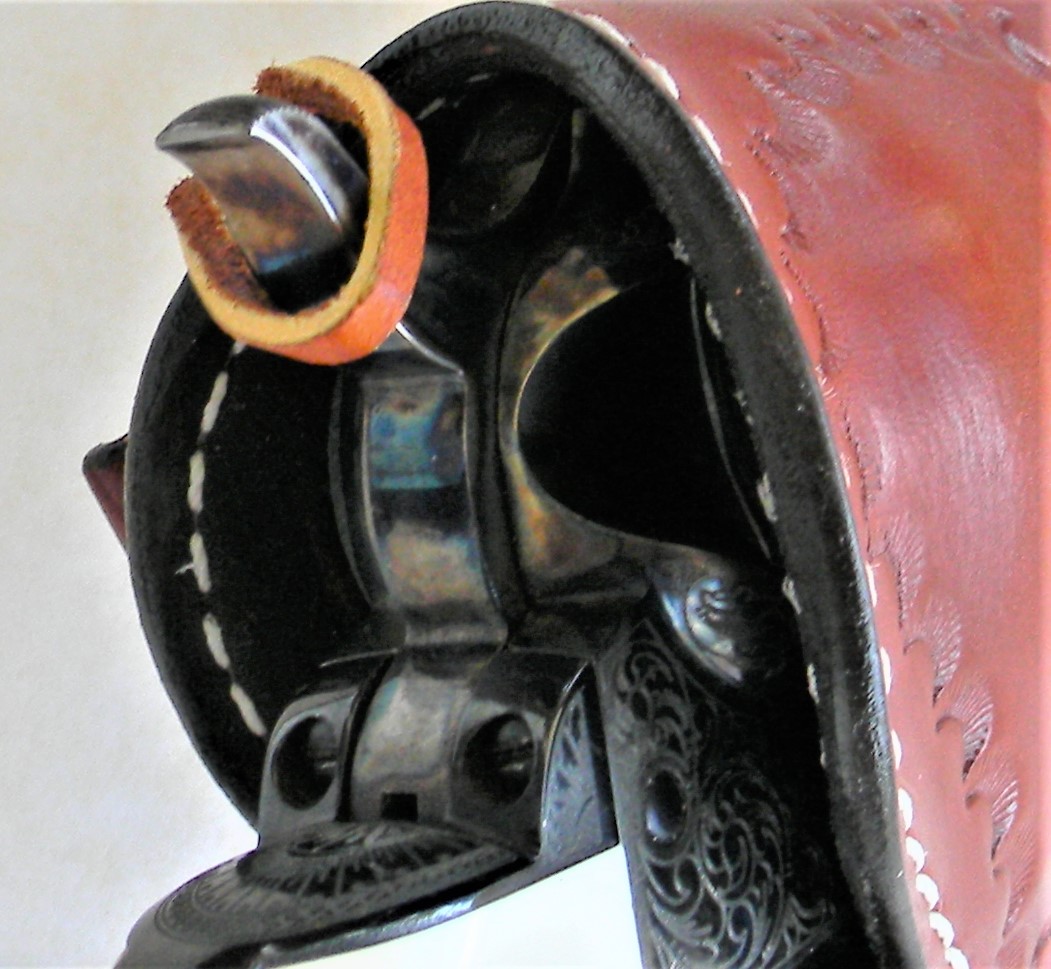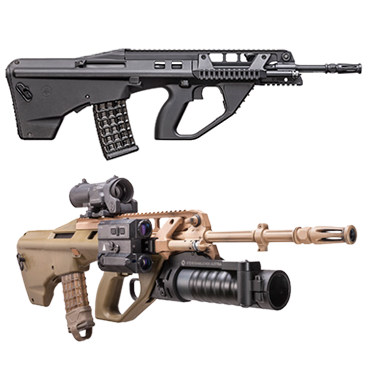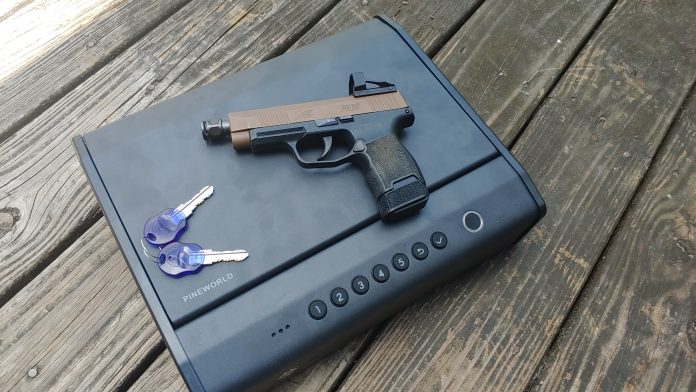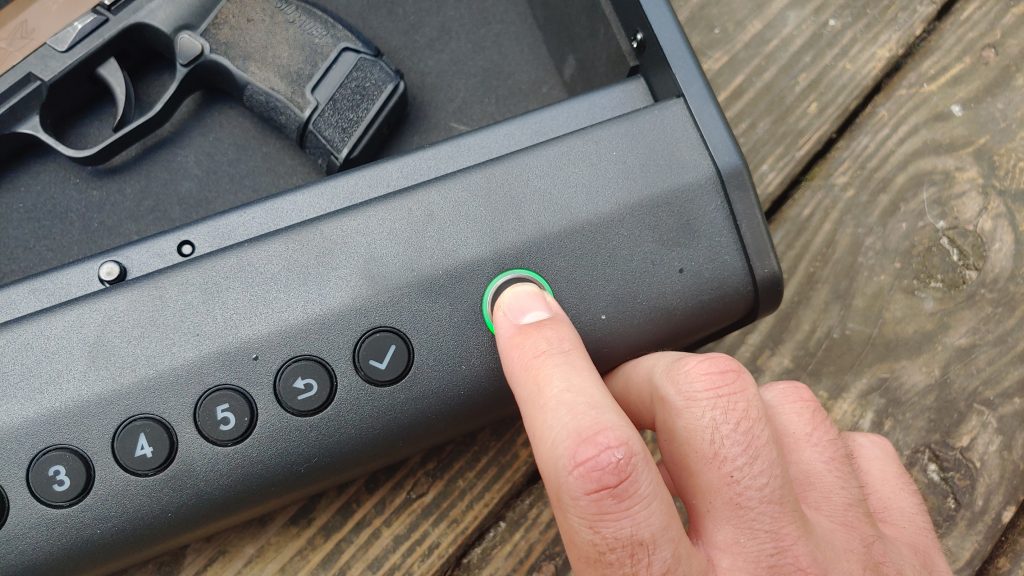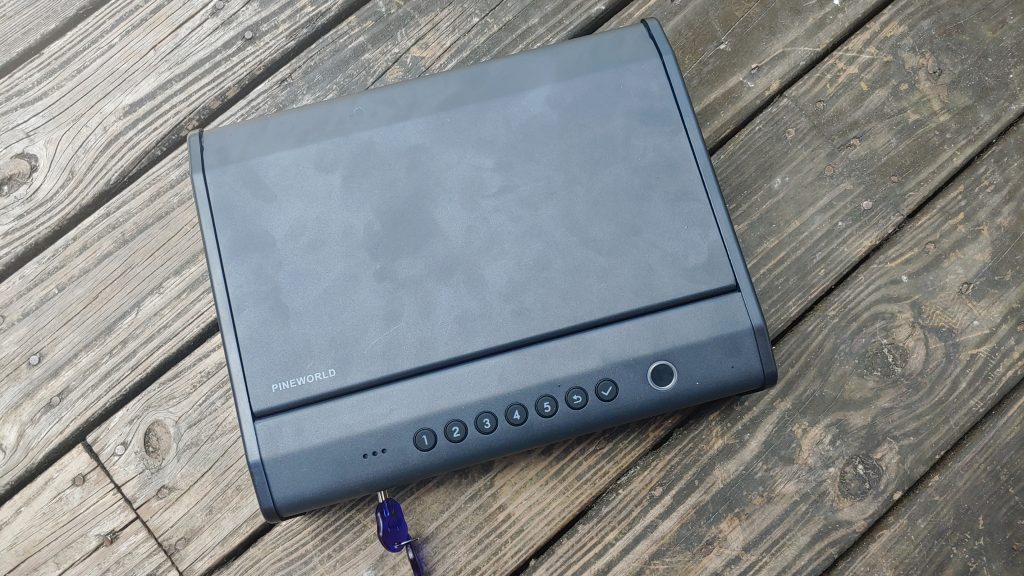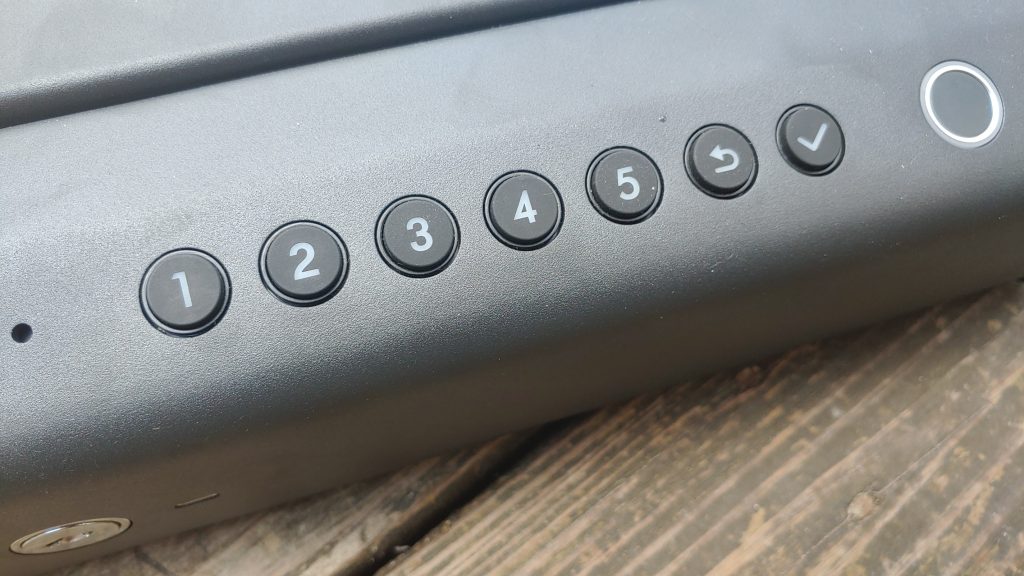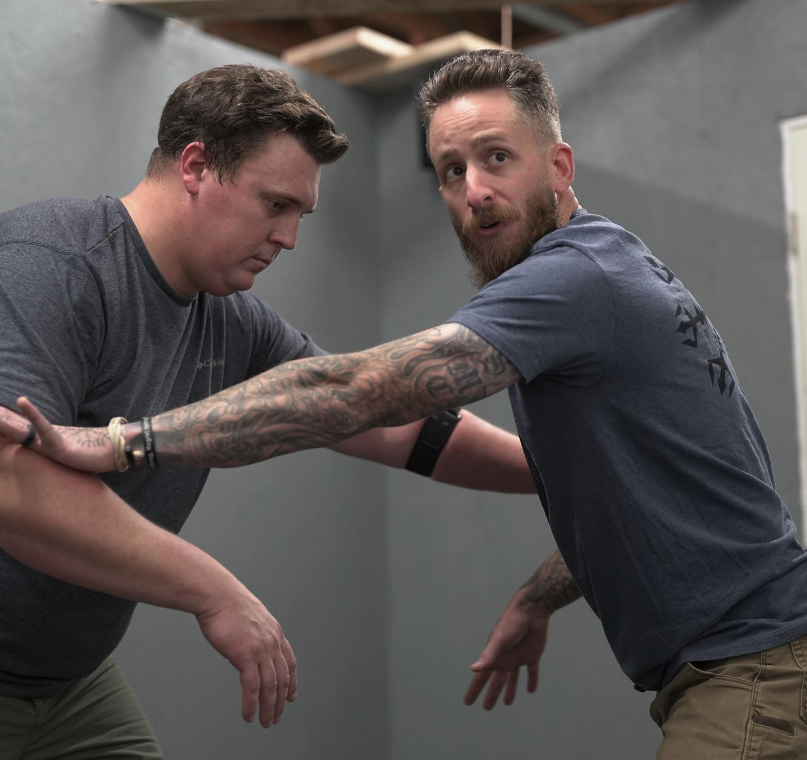In an unplanned second in what is looking to become a fairly regular series, we have a follow up to Don’t Trust The Old Gun Guy. Don’t Trust The Veteran About Guns. Not all veterans are created equal. They have wildly different service experiences, wildly variable job responsibilities, and vastly different levels of competence within them.
Veteran doesn’t equate to a weapons expert, a use of force expert, or a valid perspective to comment upon domestic safety concerns. It can be a foundational background that furthers those knowledge bases, but it in no way confers them.
And that’s where we get word vomit like this,
Just as I was starting to write this column, I heard about the Uvalde, Texas school shooting which killed 19 little children and two adults.
This left me angry
Yes, senseless death tends to do that.
and my anger is directed more towards the politicians and other enablers than it is towards the shooter.
Okay, pause. Why are we again borrowing culpability from the actual murderer? The monster who decided and carried out the massacre, why are we more mad at the uninvolved? In what world are we assigning them the task of predicting and interceding on every bad event ever?
This issue, just like everything these days, will be politicized with each party blaming the other which is their substitute for doing something to fix the problem.
Welcome to politics, if they can get credit for being mad about something instead of doing something they will. Useful idiots fuel this fire.
I am familiar with assault weapons as a result of my wartime service
Here.
We.
Go.
The false expertise fallacy, Veteran edition.
I’ve gone into detail here and others have gone into detail elsewhere about the fact that “assault weapons,” aka service rifles, are the second weakest weapon in the hands and care of US Troops for conducting combined arms warfare. Only the sidearm is less potent. But it is the most effective personal defense weapon design to be used in conjunction with combined arms.
but there is absolutely no valid reason why such weapons are permitted in our civilian society.
Ahhh, valid reason. So this is entirely your subjective opinion, based upon faulty biased data, because it makes you the big sad and you cannot rationalize all the valid reasons people own personal rifles, including literally millions of veterans who disagree with you and hold the same ‘expert voice’ card you do.
It is a fact that such weapons were outlawed at one time
Eh, you don’t understand how the grandfathering and annoying neutered versions of the same guns existed from 94-04 worked do you? Nope, I thought not.
but the prohibition expired during the GW Bush administration and when in control neither political party has acted on renewing it.
It was reviewed and found to be entirely ineffective at stopping mass killings (evidence Columbine) or influencing the general homicide rate. So maybe that was the reason?
It is disgusting that these politicians take contributions from the National Rifle Association and then perpetuate the wishes of the NRA.
Now do pharmaceuticals, energy, oh and simply lobbying for lobbying. No?
The Supreme Court did not help when they issued a decision on a case called Heller v Washington, DC in which they interpreted the second amendment to mean other than what it literally states which is that the right to keep and bear arms should be permitted to “ a well regulated militia.”
Permitted to? Is that “…the right of the people to keep and bear Arms, shall not be infringed.” meant when it literally states the people? I must’ve misread that. If only there were a place we could look it up, or another court decision where SCOTUS clarified it like Bruen. Just because you’re mad about it doesn’t make them wrong, you right, or anywhere in between, it just means the decision upset you.
A militia is an organization like the National Guard but the court interpreted it to be any person.
Must be that pesky ‘the people‘ part.
And who is the Militia?
“I ask, Who are the militia? They consist now of the whole people, except a few public officers. But I cannot say who will be the militia of the future day.” – George Mason, Virginia Ratification.
Since this day the US has adopted a standing military, professionalized it, and brought an increasing number of people into the legal fold as full citizens of the US. They never at any point closed away selective service or declared citizens were no longer part of the Militia. So if anything, we’re just bigger and better than ever baby. Sorry about your reading comprehension.
And, of course the States have laws, which are supposedly within the federal law but are, in fact, less regulatory.
Huh? What? That… they are under Federal law and a State cannot loosen federal law, they can only go further restrictive if there is regulation. Like allowing or disallowing NFA items. States cannot declare you don’t need a NICS check for a Federal transaction, the Federal government can say what counts in place of one though.
Our useless politicians have not only done nothing about assault weapons but are not even able to legislate tough background checks.
*Sigh* This UBC garbage again? Alright hotshot, what are we missing in the prohibitive person category that will not prosecute innocent people, jail innocent people, and otherwise have a drastically bigger negative impact while failing to stop the next mass shooter who has no disqualifying background…
Interestingly, I had planned to write about the Parkland, Florida School shooting so I will still go ahead with that since it further highlights incompetence at both Federal and local levels.
Oh, we’re highlighting incompetence alright… carry on.
The year was 2018, the date was February 14 and the place was Marjorie
Stoneham High School in Parkland, Broward County, Florida.
Broward has just covered themselves in glory since then too…
On that day, Nicholas Cruz ,age 18,
19.
used his assault weapon to kill 17 people and wound 17 others.
That he did.
Broward County had hired a new Superintendent of Schools whose name was Robert Runcie. He was African American and came from the Chicago School System, which was one of the worst in America.
I hope this has relevance?
Nicholas Cruz was the perfect example of a ticking time bomb whose “red flag” behavior said loud and clear that he was a sure bet to initiate some sort of horrible, violent event.
The Broward County Sheriff’s Office received widespread criticism for its handling of the police response, both for not following up on multiple warnings about Cruz despite a lengthy record of threatening behavior and for staying outside the school instead of immediately confronting him.[9] This led to the resignations of several police officers who responded to the scene, and the removal of Sheriff Scott Israel.[9] A commission appointed by then-Governor Scott to investigate the shooting condemned the police inaction and urged school districts across the state to adopt greater measures of security. – Summary of aftermath of police action.
Prior to the arrival of Runcie,
Oh, we’re blaming Runcie. Why did we point out he is Black?
a person like Cruz when at the point of no return
As determined by who?
would have been turned over to the police and probably end up in jail.
Probably not. Evidence says not a great chance of this.
But Runcie was not happy with the fact that the number of disciplinary cases among minorities were far in excess of their numbers in the population so he instituted a new policy called “the Promise Program”
Which is consistent with policies across the nation right now on the equity train, lets not pretend Runcie’s policy is special or surprising.
Under the new program the unruly students would remain in the school system and not be referred to police.
Again, normal in many spots nationwide. Also Cruz was expelled in 2017.
So Cruz remained in the school system while his behavior became more and more dangerous.
But not at the School, he was placed in alternative education as nearly all such cases are. The priority in schools is to try and educate through and around any of a myriad of learning and behavioral problems hoping both that the children will mellow and mature into adulthood and not hamper them if when they do.
This program is completely normal and par for the course in public education and in most circumstances it benefits the student who does make it to contributive adulthood.
On Jan. 5, 2018 a woman contacted an FBI “tip line” about Cruz which, included specific information about his plan “ to shoot up a school”
The FBI completely ignored the tip, which, if acted upon, would have prevented the shooting.
Maybe. The “he was on our radar” meme is a meme for the reason. Do you know how many reports these systems are flooded with and the amount that never escalate to actionable needing intervention?
A lot. It is a lot.
They later paid 127 million dollars to a group of survivors who had filed a lawsuit against them.
As they should, they did fail to do anything.
On the day of the shooting the Broward County Sheriff’s office failed to respond properly and a school resource officer who was armed hid while Cruz killed 17 people.
Yep, they failed utterly too. Maybe since the Feds and State/Local can’t be trusted to ensure reasonable safety we should think about doing it ourselves?
Just a thought.
In October 2021 Cruz pleaded guilty but then had to go on trial for the “penalty” determination, which would be execution or life without parole.
Yes, this is how the justice system works. Sentencing hearings.
Believe it or not but this trial is scheduled to take four months and is overseen by a Judge who has been called “incompetent”
So has every one of the presidents in my lifetime by their detractors, that means literally nothing. It’s like saying someone called him a big doodoo head. Besides, this is sentencing. He is guilty. He plead guilty. It is just the sentence now, since death penalties require appeals and so forth.
As of now, it has been four years and three months since this tragedy and still not over.
You mean the sentencing? No, that isn’t. Welcome, again, to the justice system. What is your point here? Did you want him summarily executed upon conviction?
On another subject I am asking the same question as I believe is being asked by President Biden’s staff members and that is “ How do we get Joe Biden to keep his mouth shut at times when he is unscripted and without his teleprompter?”
Retire him like someone his age normally is.
On three occasions in the last eight months Biden has been asked publicly about our position on defending Taiwan in the event of an invasion by China.
What? Why are we on Taiwan now? What is this oh Veteran expert? I thought my publication was flying by the seat of our pants but this is a trip.
I believe that they keep asking since they cannot believe his reply, which in each case has been that we have a commitment to defend Taiwan militarily, which is not true.
Is it? Is it also strategically the right move with our additional concerns beyond the Taiwanese people, the Japanese and Australians who we do absolutely have obligations to defend.
Here we have the President of the United States speaking in public to the whole world and making a statement on a critical matter that is completely incorrect.
Like his repeated comments on firearms?
In each case his staff members have had to correct him by pointing out that we do not have a commitment that he says we have.
But don’t correct the obvious errors on firearms.
In an interview with George Stepanopoulos, Biden said that our commitment to defend Taiwan is the same as that which we have with NATO, which is completely false.
Again, why did we pivot to Taiwan from assault weapons?
That gets me to thinking about the next hairbrained idea of our President and that is his approval of a “Disinformation Governance Board” which would be part of the Department of Homeland Security and reminds many logical thinking people of the George Orwell classic “1984.”
So assault weapon bad. Biden bad too. Neat.
So we have 17 Intelligence Agencies and a National Security Agency and now we need another similar Agency which would be headed by a woman who Politico said “had a record” which was completely unbalanced politically.
I mean, yes. But we said that about Chipman accurately too and I’d have a hunch you’d like him. Assault weapon bad!
And by the way — one last comment on Taiwan which is that no prior President has stated that we have a commitment to do what Biden says we have and they have completely avoided even suggesting what he says loud and clear but false.
Maybe he needs his private disinformation department.
Maybe you do too, bud.
Wow that was… certainly words.
I read that and reacted as I read and… just… wow…
So yeah, don’t just trust a ‘Veteran’ as that isn’t all that high a bar to clear, has a wide variety of jobs within its title coverage, has a wide variety of experience, expertise, and education levels within those jobs, and any number of other factors that render a given opinion as just that.
An opinion. One that shouldn’t be given any weight of experience or expertise. One that should be cataloged as a mildly interesting if unweighted datapoint that this gentleman doesn’t like ‘assault weapons’ for farcical reasons, doesn’t like Biden because Biden is old and sounds dumb, doesn’t see strategic value in defending Taiwan against China should it become a concern, and thinks that sentencing in the justice system is slow and doesn’t like a judge overseeing one case on it.
In other news water remains wet and composed of hydrogen, oxygen, and rando particulate bits suspended in it.



